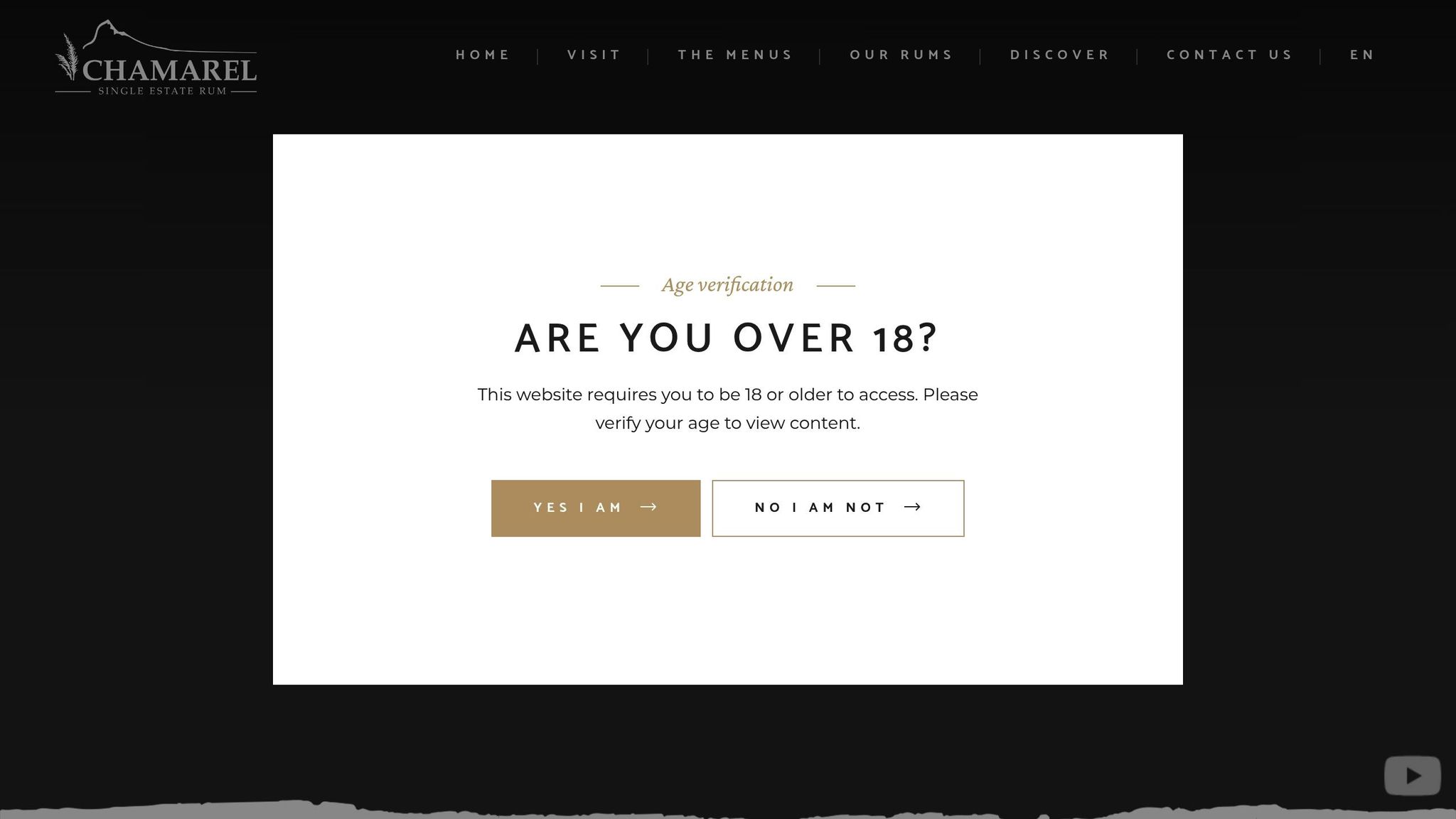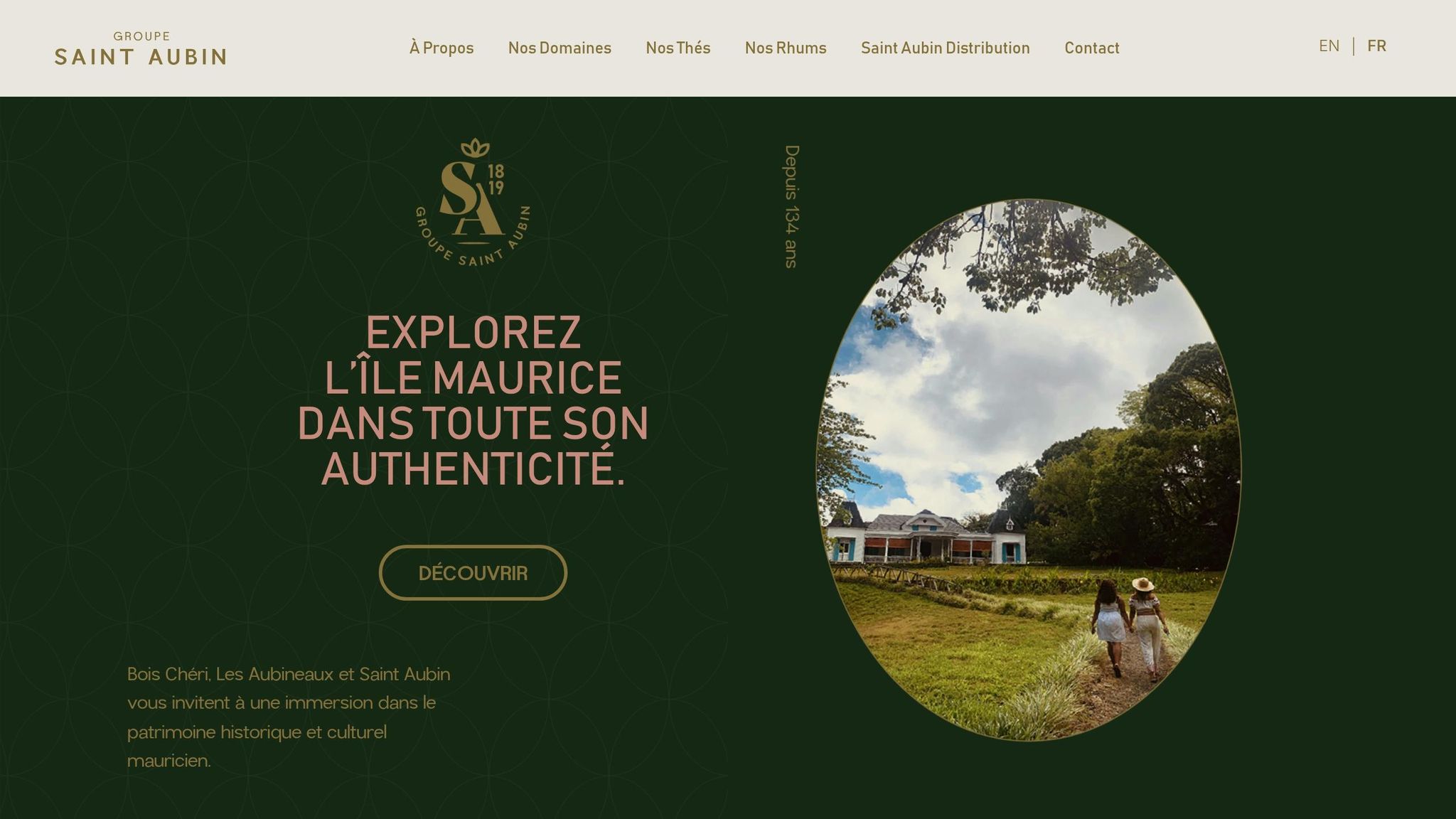Mauritius is a paradise for rum lovers, offering a mix of heritage, innovation, and tropical flavors. Here’s what you need to know:
-
Types of Rum: Mauritius produces three main types:
- Pure Cane Rum (Rhum Agricole): Made from fresh sugarcane juice, known for its grassy and vegetal flavors.
- Molasses Rum: Sweeter, with hints of vanilla and spice, crafted from sugarcane molasses.
- Flavored Rums: Infused with local fruits and spices, offering unique tropical blends.
- Top Brands: Key distilleries include Chamarel (fresh sugarcane rums), New Grove (molasses-based rums), and Saint Aubin (historic estate rums).
- Rum Culture: Rum is deeply tied to Mauritian life, from Rhum Arrangé (fruit-infused rum) to Sega music celebrating sugarcane heritage.
- Experience: Visit distilleries like Chamarel and Saint Aubin for tours ($15–$25), tastings, and insights into the island’s rum-making tradition.
- Buying Tips: Purchase directly at distilleries, local stores, or duty-free at Sir Seewoosagur Ramgoolam International Airport.
Mauritius’s rum blends its rich history, tropical environment, and craftsmanship into every bottle, making it a must-try for any enthusiast.
RUM Tour and Tasting at Rhumerie de Chamarel, Mauritius

Rum History in Mauritius
Mauritius’s history with rum dates back to 1639 when Dutch settlers first brought sugarcane to the island and used it to make arrack from molasses.
Sugar Cane Production
Though early efforts faced setbacks, determination led to the establishment of the first modern sugar mills in 1745. These included the Rosalie-Villebague mill in Pamplemousse and the Grande Riviere Sud Est mill. Under British rule, sugar production grew significantly – from 467 tons in 1812 to an impressive 140,000 tons by 1890. This growth depended heavily on labor, with around 500,000 indentured workers from India arriving between 1834 and 1921 to work in the sugarcane fields. By 1921, sugarcane covered 80% of all cultivated land on the island. These foundations set the stage for the island’s evolution into a hub for rum production.
Modern Rum Making
Mauritius’s rum-making industry has evolved significantly over the years, shaped by key regulatory and technical milestones. In 1933, authorities banned poorly distilled alcohol to ensure higher quality standards. During World War II, rum production ramped up to meet the demands of the British military, driving improvements in production techniques.
A major turning point came in 2006 when restrictions on alcohol made from sugarcane juice were lifted. This change revitalized the production of agricultural rum (rhum agricole), allowing distillers to focus on creating high-quality spirits with distinctive flavors and aromas.
"If all the producers can unite together and promote Mauritius as a category as a whole they will have a much better chance of competing with the world’s rum industry." – Ian Burrell
Back in 1830, Mauritius was home to 135 distilleries. Today, the industry has consolidated, with fewer but more advanced operations. Modern producers skillfully blend traditional practices with modern techniques to craft rums that reflect the island’s rich history, unique environment, and centuries of expertise.
Main Rum Categories
Mauritius produces three main types of rum, each showcasing the island’s diverse techniques and deep-rooted rum-making traditions. These styles highlight both time-honored methods and creative infusions that make Mauritian rum stand out.
Pure Cane Rum
Pure cane rum, also known as rhum agricole, is crafted from fresh sugarcane juice harvested between March and May. This type of rum is known for its grassy, earthy, and vegetal flavor profile. At distilleries like La Rhumerie de Chamarel, the sugarcane is hand-harvested and distilled to an alcohol content of 42–45%.
"It’s a different fresh vegetal and dry flavor profile not seen in any other style of rum, and its distinctive character is derived directly from Martinique’s terroir and its glorious sugarcane." – Benjamin Mélin-Jones, managing director of Rhum Clément
Molasses Rum
Molasses rum is made from sugarcane molasses or honey, resulting in a sweeter, richer flavor with hints of vanilla and spice. Typically bottled at 40% alcohol by volume, it has a smoother, less intense kick compared to pure cane rum.
Flavored Rums
Flavored rums in Mauritius are infused with natural, local ingredients. The island boasts over 60 independent producers, each creating unique blends. For instance, NPK caters to younger audiences with bold combinations like melon, mint licorice, and apple-ginger. Meanwhile, Blue Mauritius uses aging techniques to develop a spirit with a depth and complexity similar to cognac.
| Rum Category | Base Material | Alcohol Content | Key Characteristics |
|---|---|---|---|
| Pure Cane | Fresh sugarcane juice | 42–45% | Grassy, earthy, vegetal notes |
| Molasses | Sugarcane molasses or honey | 40% | Sweet, rich with vanilla and spice |
| Flavored | Base rum with natural infusions | Varies | Tropical fruits, spices, and coffee |
sbb-itb-403574e
Top Rum Brands
Mauritius boasts a rich rum-making tradition, reflected in its standout brands.
Chamarel
Chamarel Distillery, established in 2008 by the Couacaud family, specializes in crafting rum from fresh sugarcane juice. Using both column and copper pot stills, Chamarel produces a range of rums, including XO 43° aged in French oak barrels, VSOP 41°, Exotic Spices 40°, and the XO Sauternes Cask Finish (2018, 45°).
New Grove

Founded in 2003 by Grays distillery, New Grove is celebrated for its molasses-based rums. The process involves a 36-hour fermentation followed by distillation in column stills, resulting in smooth and layered flavors. One of its standout offerings, the New Grove Old Tradition 8 Year Old, has won awards at festivals across Europe, including events in Madrid, Germany (ISW), Belgium, and the UK (IWCS) during 2013–2014.
"Mauritius in general is a good place to look and New Grove specifically wouldn’t be the worst place to land." – The Lone Caner
Saint Aubin

Domaine de Saint Aubin, a historic estate dating back to 1819, is a cornerstone of Mauritian rum production. Acquired by the Guimbeau family in the late 1960s, the estate blends traditional and modern techniques to create its rums. A standout release is the 2014 limited-edition 10-year-old rum from the 2003 harvest, distilled entirely in copper pot stills and bottled at 43% ABV, with only 2,080 bottles produced. The estate has received high praise, with a TrustScore of 4.8 based on 8,975 reviews on Rhum Attitude.
Small Producers
Mauritius is also home to numerous small-scale distilleries that add to the island’s rum-making heritage. These family-run operations focus on traditional methods and local ingredients to create handcrafted rums with unique character.
Rum Tasting Options
Visit a Distillery
Explore the world of Mauritian rum with guided distillery tours. At Rhumerie de Chamarel, you can enjoy a 40-minute tour in English, French, or German for $20 per person. Located in the scenic Chamarel Valley, this eco-conscious facility takes you through the entire rum-making process – from sugarcane harvesting to distillation. The tour includes a complimentary cocktail (Mojito or Ti Punch) and a rum tasting session.
For a more historical experience, visit the St. Aubin Rum Distillery, established in 1819. For $25 per person, you’ll learn about traditional artisanal techniques while exploring the colonial estate grounds. Another option is L’Aventure du Sucre, which combines a museum tour with rum tasting for $15, offering insights into the island’s sugar and rum heritage.
"Enjoy discovering the Rhumerie de Chamarel. Set in a charming chalet, exhibiting tropical and traditional vibes, The Rhumerie de Chamarel Distillery will have you learn all you need to know about Rum making on paradise island. You will get to enjoy a boozily delicious rum tasting session, discovering the different flavours of rum the distillery manufactures."
- MauritiusAttractions.com
After your tour, dive into a professional tasting session to uncover the unique flavors and aromas of Mauritian rum.
Tasting Sessions
Distilleries and select hotels offer professional rum tastings to deepen your understanding of this celebrated spirit. Rhumerie de Chamarel features agricultural rums made from fresh sugarcane juice, while La Rhumerie de Mascareignes offers guided tastings for $18, showcasing a variety of styles.
Planning a visit during peak seasons? Book your tours early and consider pairing your visit to Chamarel with lunch for an enhanced experience.
Food and Rum
Pairing rum with Mauritian cuisine adds another layer to your exploration of the island’s culture. Local dishes and snacks highlight the versatility of Mauritian rum. For example, Gateau Piment (spiced split pea fritters) pairs beautifully with white rums, while richer dishes like Rougaille (a tomato-based stew) complement aged rums.
Here are some pairing suggestions:
- Light rums go well with Dholl Puri (split pea flatbread) and coriander chutney.
- Aged rums shine alongside Vindaye (a turmeric and mustard-spiced fish curry).
- Spiced rums pair perfectly with Briyani (aromatic rice with meat and potatoes).
These combinations bring out the best in both the food and the rum, creating a memorable experience.
Buying Rum
After enjoying a guided rum tasting, you might want to take home your favorite Mauritian rum. There are several ways to purchase it, each offering its own perks.
At the Source
Head to Mauritian distilleries for a firsthand look at the island’s rum-making process. For example, Rhumerie de Chamarel, located 300 meters above sea level near Black River Peak, offers a selection of agricultural rums. If you visit during the harvest season (July–December), you can even see sugarcane being selected without burning. Planning to have lunch at the distillery’s restaurant? Your Rs400 entrance fee will be waived, giving you a free tour along with your meal.
Airport Shopping
If you’re short on time, Sir Seewoosagur Ramgoolam International Airport has duty-free options for last-minute purchases. Retailers like Go Duty Free and 20/Vin Duty Free even allow online pre-orders for added convenience. Here’s a snapshot of current duty-free prices for popular Mauritian rums:
| Rum Brand & Type | Price |
|---|---|
| St Aubin 2YO Premium Gold | $17.60 |
| Gold of Mauritius Rum Solera 8 | $42.90 |
| Lazy Dodo Rum (700ml) | $24.75 |
| New Grove Liqueur Cafe (700ml) | $10.45 |
These prices reflect the latest duty-free listings. Pre-order online to ensure a smooth pickup at the airport. If duty-free shopping isn’t an option, don’t worry – local stores have you covered too.
Local Stores
Supermarkets like Super U, Winner’s, and London Way, along with specialty wine shops, stock a wide range of Mauritian rums. While premium options like Chamarel may be priced higher here than at the distillery, these stores make it easy to find what you need with plenty of choices available.
Conclusion
Mauritius has been crafting rum since 1639, blending history and tradition into every bottle. It’s a destination that offers a rich rum experience for those who appreciate the art of distilling.
"Mauritius for rum lovers is a paradise island, geographically and culturally diverse…Mauritius rum has come of age, quite literally the spirit in the bottle has matured with grace, now is a good time to explore these rums and their beautiful country." – Rum Guide to Mauritius
From the refined agricultural rums at Rhumerie de Chamarel to the historic atmosphere of the Saint Aubin estate, Mauritius’s distilleries provide something truly memorable for every rum enthusiast.
The island’s connection to rum goes beyond production – it’s a part of everyday life, especially through the popular Rhum Arrangé.
To make the most of your rum journey:
- Plan ahead and book tours to explore different distilleries.
- Take advantage of distillery restaurants and other on-site attractions.
- Leave space in your luggage for duty-free purchases at Sir Seewoosagur Ramgoolam International Airport.
Mauritius is waiting to share its rum heritage with you.



